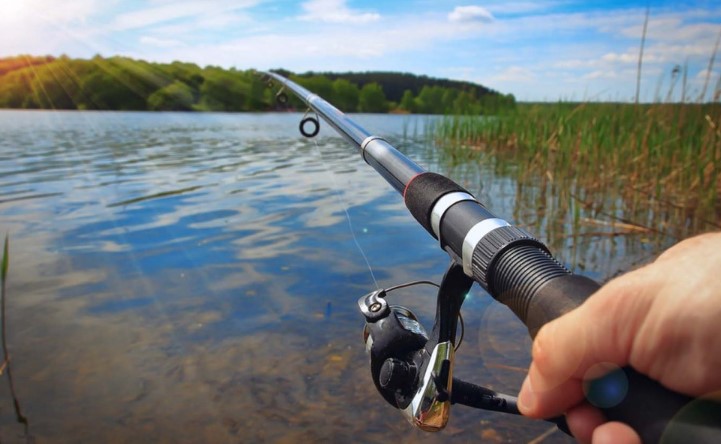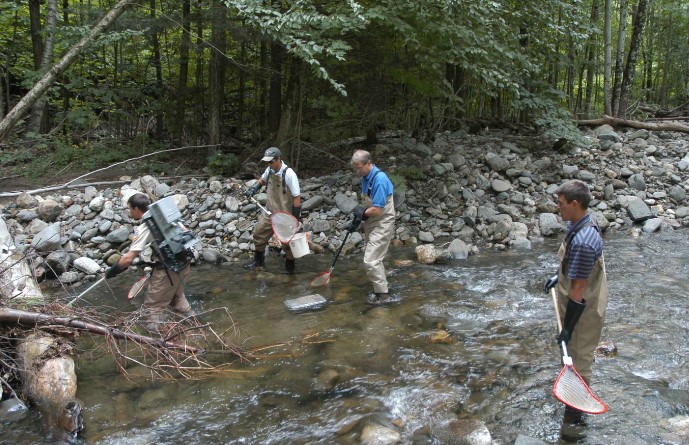Social Benefits of Fishing – Fishing offers a number of benefits, both physical and mental. Physically, fishing can improve cardiovascular health, strengthen muscles, and improve coordination and balance. Fishing can have several social benefits, including:
-
Building relationships – Fishing can provide a shared activity and a bonding experience for friends, family, and community members.
-
Promoting community involvement – Fishing events, tournaments, and fishing clubs can bring people together and promote community involvement.
-
Encouraging intergenerational connections – Fishing can be a way for older generations to pass on their knowledge and skills to younger generations.
-
Providing opportunities for mentorship – Fishing can provide opportunities for mentorship and guidance, especially for children and young people.
-
Improving mental health – Fishing can reduce stress, anxiety, and depression, and improve overall mental well-being, by providing a peaceful and meditative outdoor activity.
-
Enhancing social skills – Fishing can help improve communication, teamwork, and leadership skills by providing opportunities for social interaction and collaboration.
-
Boosting self-esteem – Fishing can provide a sense of accomplishment, especially when a catch is made, and can boost self-esteem and confidence.
-
Encouraging teamwork and sportsmanship – Fishing tournaments and competitions can promote teamwork and sportsmanship, and foster friendly competition among participants.
Further, fishing has the potential to bring people together, improve mental health, and enhance social skills, making it a valuable and rewarding activity for individuals and communities.
It can also provide a low-impact form of exercise, making it a great activity for people of all ages and fitness levels. Fishing can also be a source of food and provides opportunities for sustainable and environmentally responsible practices.
Mentally, fishing is a great form of stress relief and can improve mental well-being. Spending time outdoors, being surrounded by nature, and engaging in a peaceful and meditative activity can reduce anxiety and promote relaxation. Fishing also provides a sense of accomplishment and can boost self-esteem, especially when a catch is made. Fishing can also foster a sense of community and provide opportunities for socialization and relationship building, whether it be with friends or family members.
In addition to the personal benefits, fishing also has a positive impact on the environment and local economies. Fishing can help maintain healthy fish populations and support sustainable fishing practices, which helps protect delicate ecosystems and ensures a healthy and abundant food supply for future generations. Fishing also supports local economies by providing jobs and supporting small businesses, such as fishing tackle shops and guide services.
Moreover, fishing offers a wide range of benefits, from physical and mental health benefits to environmental and economic benefits. Whether it is a hobby, a source of food, or a way to connect with others, fishing is a valuable and rewarding activity that offers something for everyone.
Popular types of Fishing: Fishing is a popular pastime and can be performed in various environments, including freshwater, saltwater, and offshore. There are several types of fishing, each with its own techniques, equipment, and target species. Some of the most common types of fishing include:
-
Freshwater Fishing – This type of fishing takes place in rivers, lakes, and other freshwater bodies and typically involves targeting species such as trout, bass, and catfish. Freshwater fishing techniques include baitcasting, spin casting, and fly fishing.
-
Saltwater Fishing – This type of fishing takes place in oceans, bays, and other saltwater bodies and typically involves targeting species such as salmon, cod, and halibut. Saltwater fishing techniques include surf casting, trolling, and bottom fishing.
-
Fly Fishing – This type of fishing involves casting an artificial fly, made of feathers and other materials, to imitate the movement of insects and other prey. Fly fishing is typically done in freshwater and is used to target species such as trout and bass.
-
Ice Fishing – This type of fishing takes place on frozen bodies of water and involves drilling a hole through the ice to access the water below. Ice fishing is used to target species such as perch, panfish, and northern pike.
-
Surf Fishing – This type of fishing involves casting a line from the shore into the ocean, targeting species such as striped bass and bluefish. Surf fishing requires specialized equipment and techniques, including the use of heavy-duty rods and reels.
-
Trawling – This type of fishing involves towing a large net through the water to collect a variety of species. Trawling is typically done by commercial fishing boats and is used to target species such as shrimp, crab, and squid.
-
Spearfishing – This type of fishing involves using a spear or harpoon to catch fish and other aquatic animals. Spearfishing is typically done in saltwater and is used to target species such as tuna, billfish, and sharks.
In conclusion, there are several types of fishing, each with its own unique techniques, equipment, and target species. Whether fishing in freshwater or saltwater, on the ice, or in the surf, there is a type of fishing to suit everyone’s interests and abilities.







